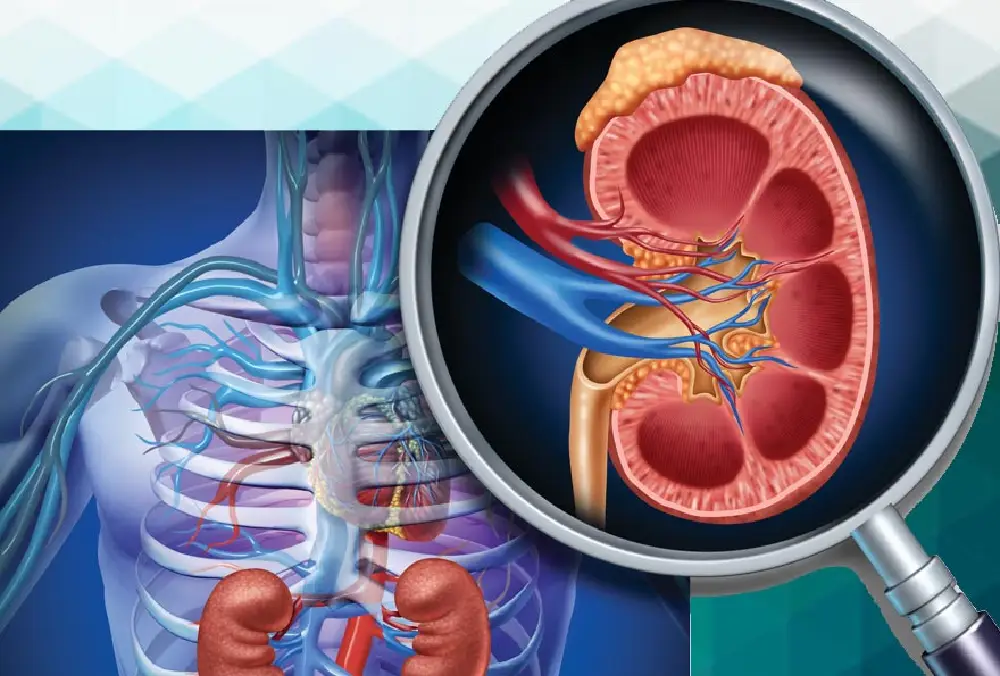laparoscopic Treatment
Overview
Using tiny incisions, the laparoscopy technique allows for surgery inside the abdomen. Minimal incisions facilitate a quicker and less painful recovery from surgery. The instrument termed a laparoscope is a thin, illuminated wand-like device. It attaches to a small camera to relay images to a video screen. The procedure is done using other thin instruments. Laparoscopy can be used to treat a variety of urinary tract disorders. Conditions affecting the kidneys, adrenal glands, bladder, testicles, and prostate are among them.
What advantages does Laparoscopy offer?
There are numerous benefits to laparoscopy, which has been demonstrated to be just as successful as traditional methods:

